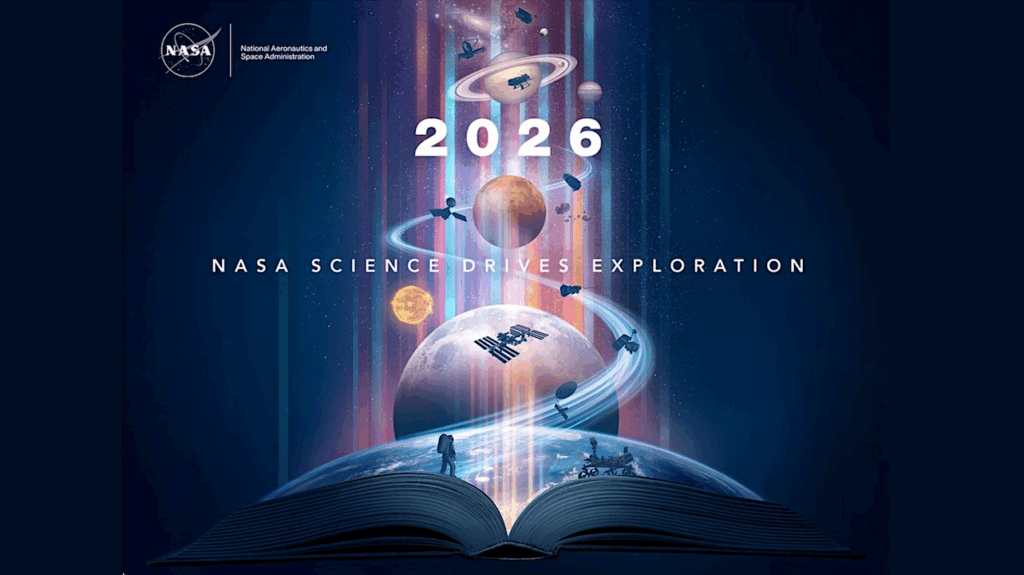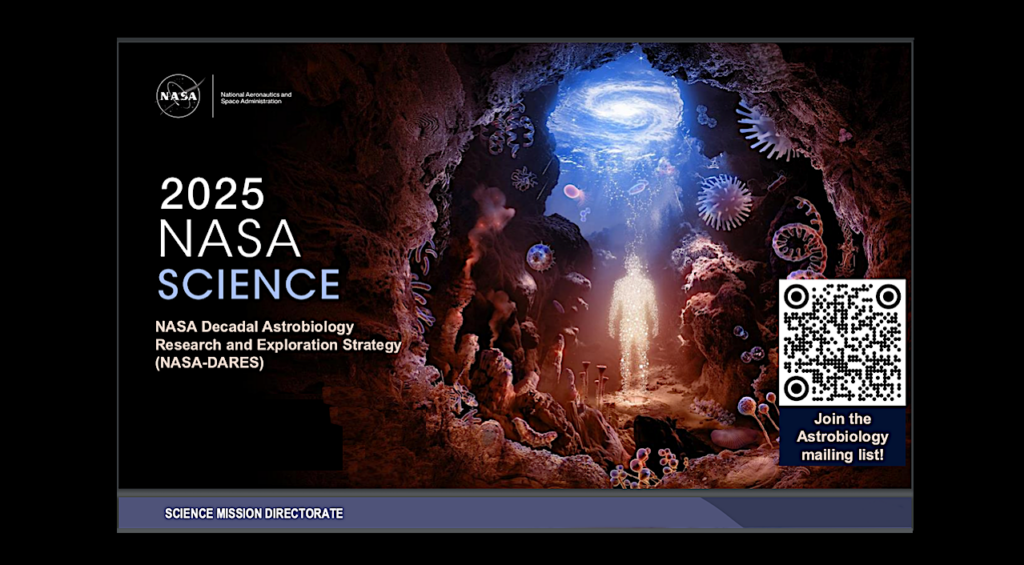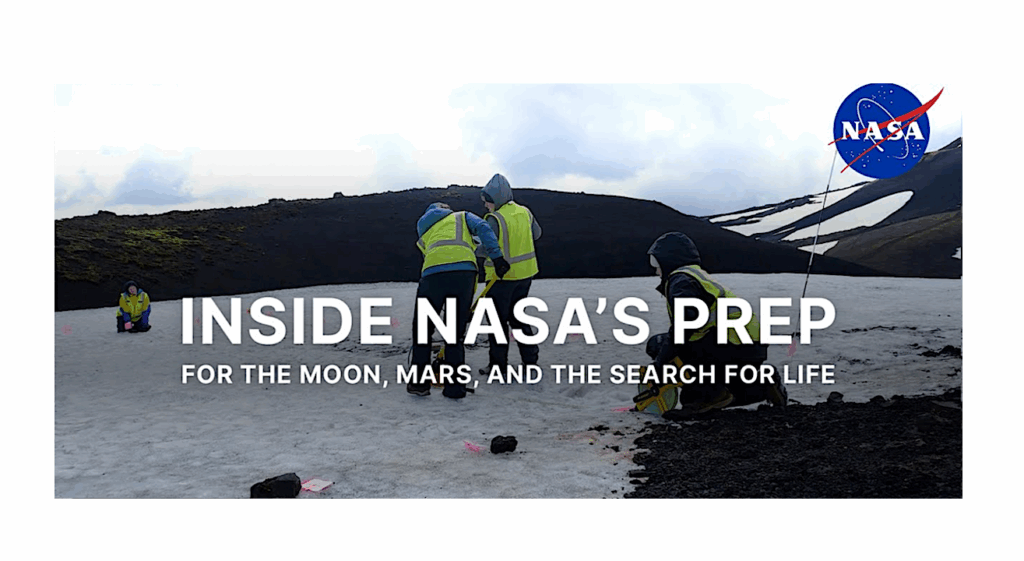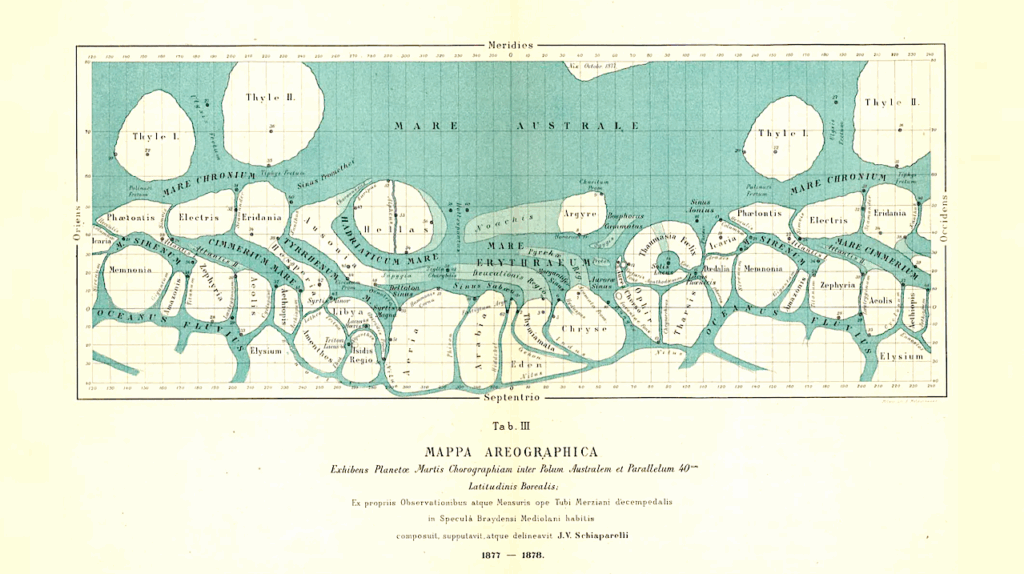NASA's Astrobiology Program Evolving to Meet the Future

To better support the broad, interdisciplinary field of astrobiology – the study of the origin, evolution, distribution, and future of life in the universe – NASA is announcing a new programmatic infrastructure for the Astrobiology Program.
By the end of 2019, the Astrobiology Program will establish several virtual collaboration structures called “research coordination networks” (RCNs) that will replace the Program’s virtual institute, the NASA Astrobiology Institute (NAI). With this shift, NASA’s overall investment in the Astrobiology Program is not changing. Astrobiology is an important part of NASA’s portfolio and Congress formally added Astrobiology as one of NASA’s ten objectives in 2017. This will only change how this interdisciplinary research is coordinated between researchers.
The new infrastructure is consistent with the findings of two recent congressionally-requested studies by the National Academies of Science, Engineering, and Medicine. The science community’s Exoplanet Science Strategy, released in September, recommends continuing to build on the RCN model to support cross-divisional research. Additionally, a number of the research areas highlighted in the Academies’ Astrobiology Science Strategy, released in October, directly align with the goals outlined for the new RCNs. The result is expected to be an increase in the scientific return from this investment.
The NAI, a major element of the agency’s then-new Astrobiology Program, was established in 1998 as a “research institute without walls” to bring together researchers from across disciplines such as astronomy, biology, geology, and planetary science regardless of their geographic location. Managed by NASA’s Ames Research Center in California’s Silicon Valley and currently staffed by 3 full-time civil servants, the NAI has been successful in developing a large cadre of leaders in the astrobiology community who have been inspired and trained through the efforts of the Institute over its 20 years of service.
“The NAI has been incredibly successful at fulfilling its original mandate of creating and building an interdisciplinary community of astrobiologists from the ground up,” said Lori Glaze, acting director of NASA’s Planetary Science Division in Washington, which oversees the Astrobiology Program. “The new structure of the Astrobiology Program will build on this success and empower the science community to enter a new era of discovery.”
The RCNs were designed to enable the research community to self-organize, collaborate, communicate, and network across organizational, divisional, and geographical boundaries. These new RCNs were inspired by an NSF model, and have been proven successful through the Astrobiology Program’s prototype RCN, the Nexus for Exoplanet System Science (NExSS), organized in 2015 as a new way to aid the growing community of exoplanet researchers. The new infrastructure of self-managed interdisciplinary networks is better suited to the current astrobiology community, which has matured significantly in the past 20 years.
The RCNs will not themselves be a source of research funding for the community. Instead, participation in an RCN is voluntary and open to awardees funded under the established research programs in Research Opportunities in Space and Earth Science (ROSES). Thus, researchers supported by multiple NASA divisions — or perhaps even other government funding agencies — can participate in any RCN. The openness and flexibility of the RCN makes it the ideal structure for organizing the dynamic and highly interdisciplinary field of Astrobiology. These new networks will each focus on a key challenge identified in the 2015 Astrobiology Science Strategy, a document prepared by the broad Astrobiology science community in consultation with NASA.
“The RCNs are a means to better coordinate our researchers, but they do not alter the way NASA funds astrobiology research,” said Mary Voytek, senior scientist for NASA’s Astrobiology Program. “Astrobiology proposals will be reviewed and selected for funding through the usual competitive grants-selection process, described in ROSES.”
In addition, NASA’s Astrobiology Program plans to issue a new solicitation in 2019 for large geographically-distributed teams with multi-year interdisciplinary research plans to address focused questions in Astrobiology.
“We are proud of the accomplishments NAI has made over the past 20 years in fostering the community, training multiple generations of astrobiologists, integrating research with a large impact on the field and influencing space missions,” said Eugene Tu, director of Ames. “NASA Ames looks forward to continuing our leadership role in the astrobiology community, and significantly contributing to the Astrobiology Program’s evolved RCNs in the next decade of astrobiology research, exploration and discovery.”
NASA Ames has been established as the lead center for the Agency’s core capability in astrobiology research. Ames is collaborating with NASA’s Goddard Space Flight Center on the Center for Life Detection Science (CLDS), which was established in 2017 to focus the expertise of NASA scientists on the agency’s emerging emphasis on life detection. The CLDS team, along with two new competitively selected research teams led by the Georgia Institute of Technology and Georgetown University, will subsequently be a part of the Astrobiology Program’s second RCN, called the Network for Life Detection (NfoLD). Three additional astrobiology RCNs are anticipated by the end of 2019: Ocean Worlds (Habitable Worlds), Prebiotic Chemistry and the Early Earth, and From Early Cells to Multicellularity.
“Given NASA’s objective to understand the distribution of life beyond Earth, astrobiology will be the focus of a growing number of NASA’s science missions,” said Voytek. “These new RCNs will contribute to fulfilling the program’s goals including enabling future missions to find habitable worlds and life.”
For more information, see the Frequently Asked Questions on astrobiology.nasa.gov https://astrobiology.nasa.gov/news/astrobiology-program-faqs/








